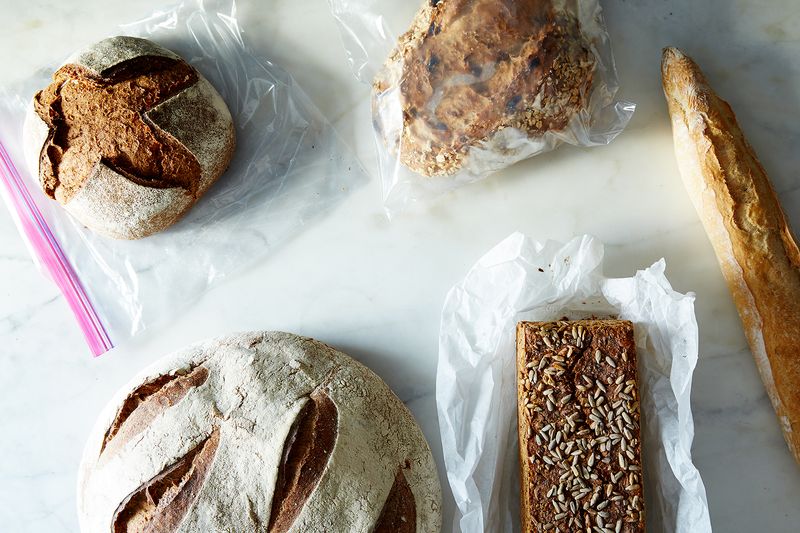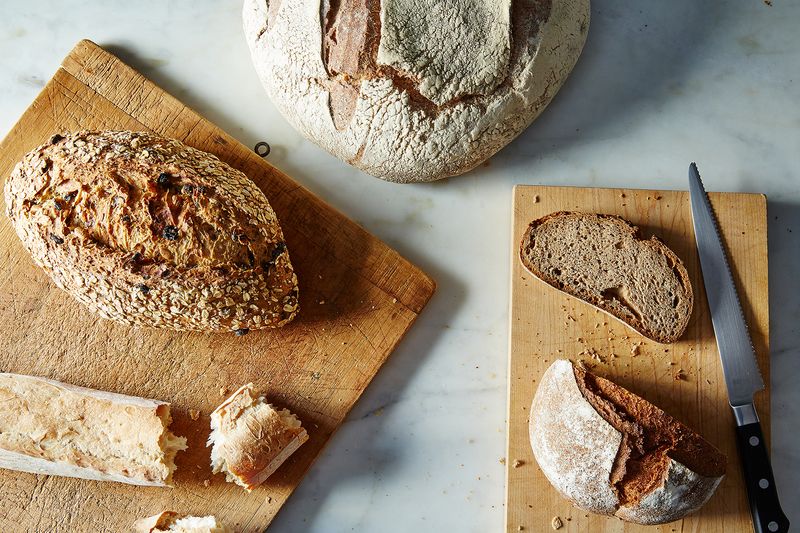Popular on Food52
Continue After Advertisement
5 Comments
heatheranne
November 16, 2015
I make my own mini baguettes (b/c there are only two of us, so I don't want a bunch of bread to go stale, especially after all the time I put into it!) and I just pop one straight in the toaster oven while I'm cooking.
If I have leftover bread, I find it goes stale very quickly, so I do make it into breadcrumbs, or in the summer make panzanella.
If I have leftover bread, I find it goes stale very quickly, so I do make it into breadcrumbs, or in the summer make panzanella.
R
November 15, 2015
What if you have leftover bread after you've thawed it? Can you refreeze it and do the whole process again?
Riddley G.
November 15, 2015
The freezing-thawing-freezing-thawing process will, in my experience, hurt the texture of the bread a bit! Instead of re-thawing the loaves or slices, I'd turn it into breadcrumbs or make panzanella or ribollita! https://food52.com/recipes/19737-tuscan-ribollita
https://food52.com/recipes/19721-tuscan-bread-soup-with-a-sage-oil-drizzle
https://food52.com/recipes/19721-tuscan-bread-soup-with-a-sage-oil-drizzle
alme
November 15, 2015
I've done this. I think it's fine if you toast the re-frozen bread before eating.



See what other Food52 readers are saying.